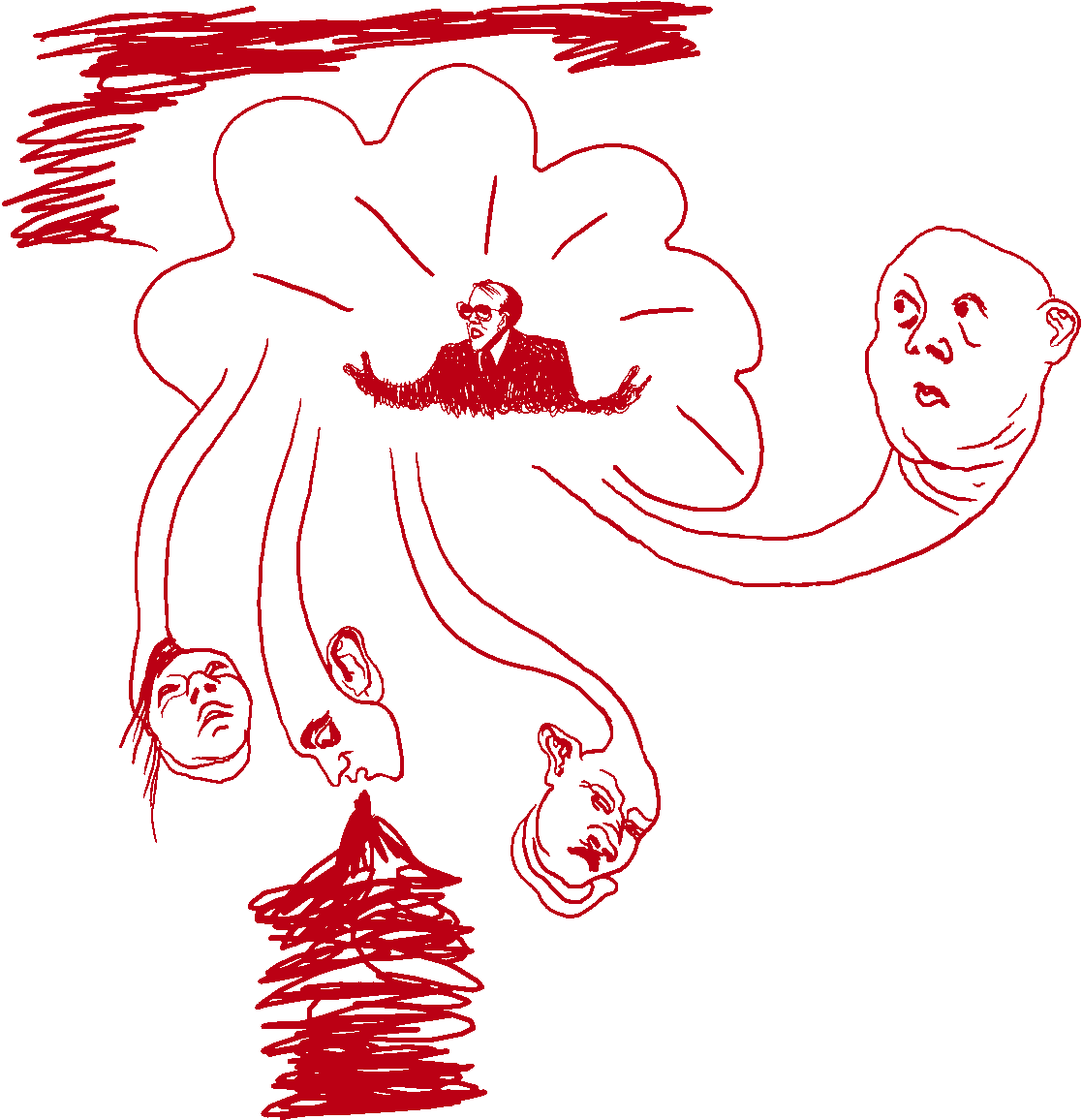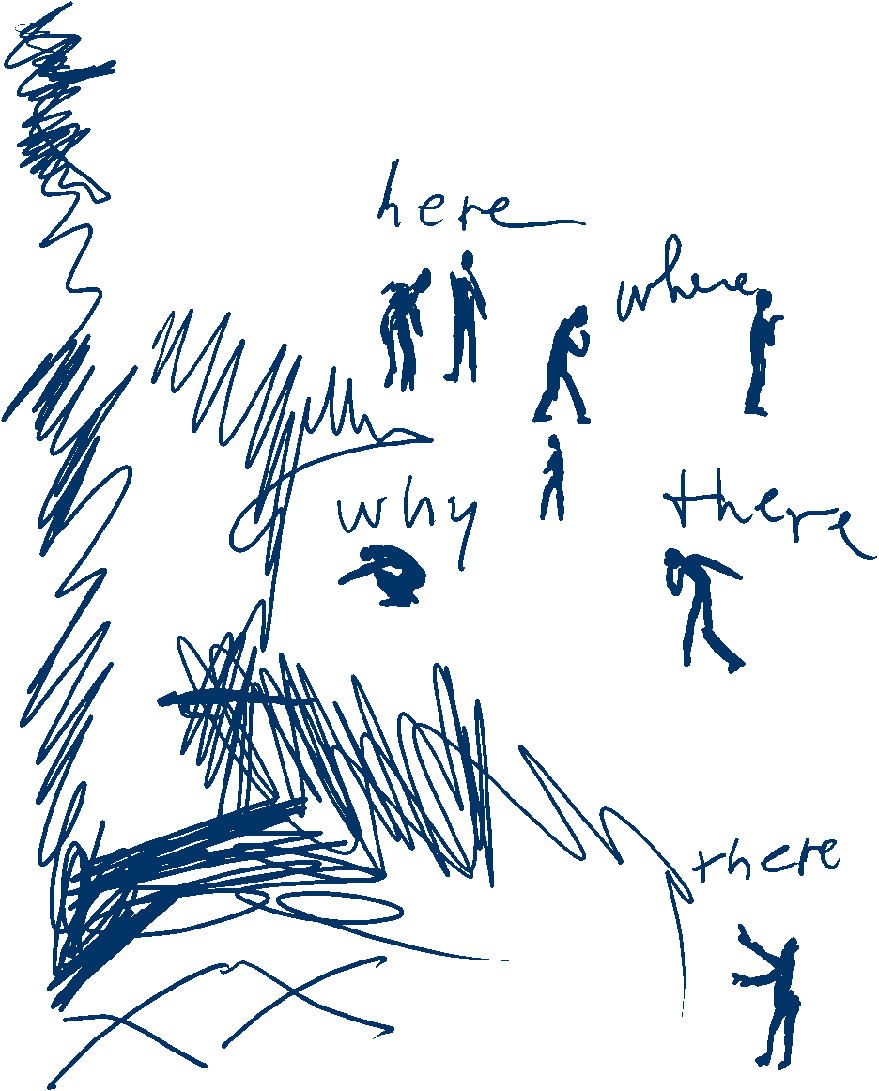A new pope is chosen
Updated May 8, 2025
We have a new pope!
White smoke appeared from the Vatican’s Sistine Chapel on Thursday, signaling that cardinals had elected a successor to Pope Francis.
That man was revealed to be Robert Prevost, the first American pontiff in history. He will take on the name Pope Leo XIV.
More than an hour after the white smoke, the new pope stepped onto the balcony of St. Peter’s Basilica and greeted the thousands of people who had gathered in St. Peter’s Square.
“Peace be with you all,” he said as he started his address.


The new pope is 69 years old and from Chicago. A leader with global experience, he spent much of his career as a missionary in South America and most recently led a powerful Vatican office for bishop appointments. He is expected to build on Pope Francis’ reforms.
“Let us keep in our ears the weak voice of Pope Francis that blesses Rome,” Leo said during his address on Thursday. “The Pope who blessed Rome, gave his blessing to the entire world that morning of Easter. Allow me to follow up on that blessing. God loves us. God loves everyone. Evil will not prevail.”


Leo worked for a decade in Trujillo, Peru, and was later appointed bishop of Chiclayo, another Peruvian city, where he served from 2014 to 2023.
He called on the Catholic Church to be a “synodal” church, “one which goes forward and which always seeks peace and to be close to those who suffer.”
For the past 24 hours, much of the world’s attention has been on the Vatican, where the papal conclave had been taking place.

Francis, the only Latin American pontiff in history, died last month at the age of 88. His funeral, held on the steps of St. Peter’s Basilica, was attended by heads of state, royalty and more than 250,000 mourners.
When the white plume of smoke began rising from the Sistine Chapel’s chimney on Thursday, there was a huge cheer of relief and joy from the thousands of people watching in St. Peter’s Square.
There was a burst of applause, and the bells of St. Peter’s Basilica began ringing to welcome the news. As news spread, some people began running through the streets of Rome to get to the square.




The papal conclave, a centuries-old tradition, can be as suspenseful as it is secretive. It began on Wednesday, with 133 cardinals attending. Only cardinals under the age of 80 are allowed to vote in a papal election.
The conclave started with a special Mass at St. Peter’s Basilica. Later, the cardinals assembled at the Pauline Chapel before walking to the Sistine Chapel.
The Sistine Chapel is where voting took place. During the conclave, the chapel was placed under total lockdown to guarantee secrecy. In 2013, signal blockers were installed to prevent any calls, texts or internet access.



At the Sistine Chapel on Wednesday, the cardinals sang prayers and took an oath of secrecy just before the conclave started.
One by one, in order of seniority, each cardinal took the oath.
It was one of the final acts we saw before the chapel closed its doors.
Archbishop Diego Giovanni Ravelli, the Master of Papal Liturgical Celebrations, gave the order of “extra omnes,” a Latin phrase that means “everybody out.” All of the “extras” then filed out, leaving only the 133 cardinal electors.




A candidate needed two-thirds of the vote to be elected. The results of each vote were revealed to the outside world only by the smoke that comes out from the Sistine Chapel’s chimney each time ballots are burned.
Black smoke means no pope has been chosen. White smoke means the opposite.
The previous two conclaves — held in 2005 to elect Pope Benedict XVI and in 2013 to elect Pope Francis — also lasted two days.




This conclave was “one of the most diverse that we’ve had in the history of the church,” Susan Timoney, a professor at the Catholic University of America in Washington DC, previously told CNN.
During Francis’ 12-year papacy, he appointed more than 20 cardinals from nations that had never previously had a cardinal — nearly all from developing countries, including Mongolia, Laos, Papua New Guinea and Mali.
Most of the cardinals in the conclave also owe their positions to Pope Francis. Of the 133 cardinals who voted, Francis installed 108.



In his speech on Thursday, Pope Leo outlined his vision for the Catholic Church as one that “builds bridges” and engages in conversation.
“We have to seek together to be a missionary church. A church that builds bridges and dialogue,” he said.
The new pope also called on people to “show our charity” to others “and be in dialogue with love,” according to an English translation.


He mostly spoke in Italian, but at one point he switched to Spanish to address his “beloved diocese” in Peru. He also thanked his fellow cardinals for choosing him to lead the church.
“I should also like to thank all my cardinal brethren who have chosen me to be the successor of Peter and to walk with you as a united church,” he said. “Always seeking peace and justice. Seeking to work with men and women who are faithful to Jesus Christ without fear to proclaim the gospel to be missionaries.”






